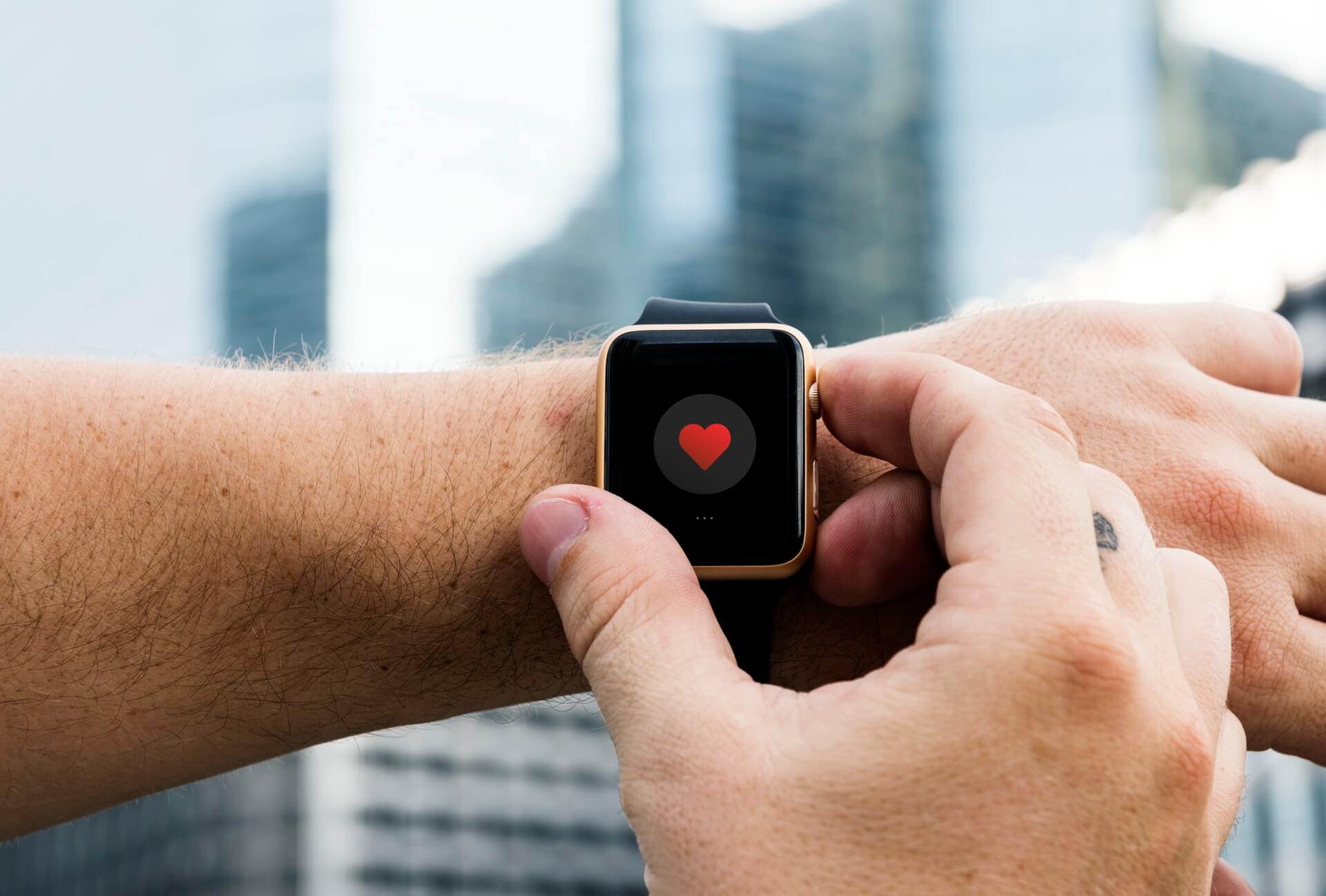Are You Really Fit? VO2 Max May Be the True Indicator

When you are eager to enhance your training, skimming through online articles is the easiest way to get the most updated information for training plans, proper nutrition, and methods for coping with injuries. Once you start your research, you will not go too long without coming across the term “VO2 max”. There are several running-related terms that are learned that may seem foreign to us initially, but are pretty straight forward once explained. VO2 max is most definitely not one of them. It is a widely popular term used to measure how fit you are aerobically and most coaches and experienced runners will emphasize its importance. At the end you may find yourself ecstatic when you see your VO2 max increase as per your Garmin watch, but not have a clue as to what it means.

What is VO2 Max?
Specifically, VO2 max is the maximum rate of oxygen consumption measured during exercise of increasing intensity. It is measured in milliliters of oxygen used per kilogram of bodyweight per minute. At first it may be simple to understand just by reading its definition, but when trying to apply the term to your running routine or fitness, it all gets a bit foggy. Basically it is the amount of oxygen we can use during intense exercise. In general you want to be able to utilize the most oxygen you can during any workout, because oxygen is what allows you to continue exercising at a higher intensity level, such as while running a marathon at your goal pace.

With proper and consistent training, VO2 max should increase. Good training practices improve several physiological factors that play a role in the oxygen transport throughout the body. Stroke volume of the heart increases, which means more blood is pumped out with each heart beat, as is the size of mitochondria and capillaries, which are the transporters of the oxygen throughout the body and to the working muscles. These improvements in oxygenation in the body lead to increases in the VO2 max value. Essentially, if you are looking to get faster and last longer during running, your goal should be to improve these physiological mechanisms.
What is a Normal Value?
A typical value for a sedentary adult ranges from 25 to 35 ml/kg/min, between 35 to 55 ml/kg/min for an active adult, and over 60 ml/kg/min for an elite athlete. All of these values can vary from workout to workout depending on the intensity of the training run. If you are trying out a harder than usual speed session, you may see your value drop, but as you continue performing that training run, it will eventually assist in increasing your VO2 max. Usually long distance runners such as marathoners will have a lower VO2 max than short distance runners. This is because the VO2 max testing, as well as the training to improve it, is done at a distance and speed that is much closer to a 5K intensity.

Improving VO2 Max
Beginner runners have it the easiest when it comes to improving their VO2 max, since simply logging more miles on a consistent basis will naturally raise their oxygen consumption ability. For more advanced runners, the process will require including speed work in your training plan. The key is to reach 95% of your VO2 max level for intervals of 2 to 6 minutes. Aiming for 4 to 8 intervals of 400 meters to 1200 meters works best, with a walk or jog recovery in between each. Faster runners can even use mile repeats, but anything more than 6-minute intervals will require too much time for recovery. Your VO2 max level is considered to be your threshold pace so it should feel significantly hard.
It is beneficial to not base the entirety of your fitness gains on what your VO2 max value is, since it can be affected by several factors such as age, genetics, gender, temperature, body size, and altitude. Males will generally have higher values than females, due to lower body fat percentages. A person with a larger body type will also have a higher VO2 max given that their heart and lungs are larger in size. Studies have shown that oxygen is more easily transported while exercising in warmer temperatures. It is important to note that the value given on the training devices is an estimate based on the heart rate and intensity of each workout. A true value can only be calculated while performing an activity such as running on a treadmill at maximal intensity with a mask on the face that measures the actual oxygen consumption.

A Good Indicator of Health
Studies have shown that higher VO2 max values are favorable if you are looking for overall health benefits. It is a true indicator of fitness, which is solely based on cardiovascular functioning, versus physical looks—what most people will believe “being fit” consists of. Several research studies indicate that individuals with a higher VO2 max generally have lower blood pressure, less risk of stroke, obesity, cardiovascular and pulmonary disease, and a longer life span. Of course, this all has to do with the fact that those who have a higher VO2 max partake in the required physical activity needed in order to reap overall health benefits.
Sources
Latest Articles
 Is Running on a Treadmill Easier Than Running Outside?Runners have their own preferences, whether it is treadmill running, running outside on the road, or exploring trails. So...
Is Running on a Treadmill Easier Than Running Outside?Runners have their own preferences, whether it is treadmill running, running outside on the road, or exploring trails. So... Is It OK to Use Trail Running Shoes on the Road?While trail running shoes can be used on roads, especially in situations where a runner encounters mixed terrains or pref...
Is It OK to Use Trail Running Shoes on the Road?While trail running shoes can be used on roads, especially in situations where a runner encounters mixed terrains or pref... How to Fix Sore Quads After Running?Rest, ice, gentle stretching, and over-the-counter pain relievers can help soothe sore quads after running. Also, ensure ...
How to Fix Sore Quads After Running?Rest, ice, gentle stretching, and over-the-counter pain relievers can help soothe sore quads after running. Also, ensure ... 10 Fruits With The Most Electrolytes to Replace Sports DrinksThese fruits are high in electrolytes such as potassium, magnesium, and calcium, essential for hydration, muscle function...
10 Fruits With The Most Electrolytes to Replace Sports DrinksThese fruits are high in electrolytes such as potassium, magnesium, and calcium, essential for hydration, muscle function...

